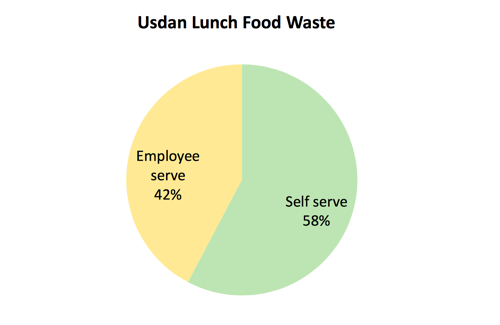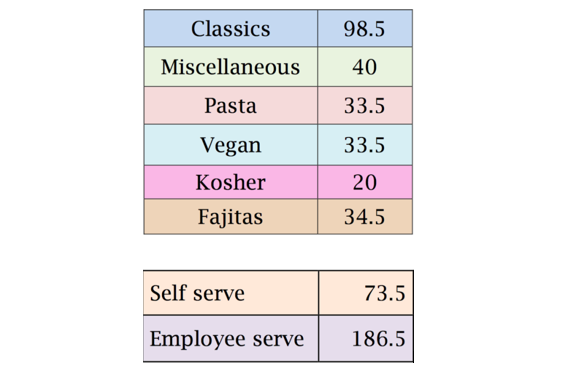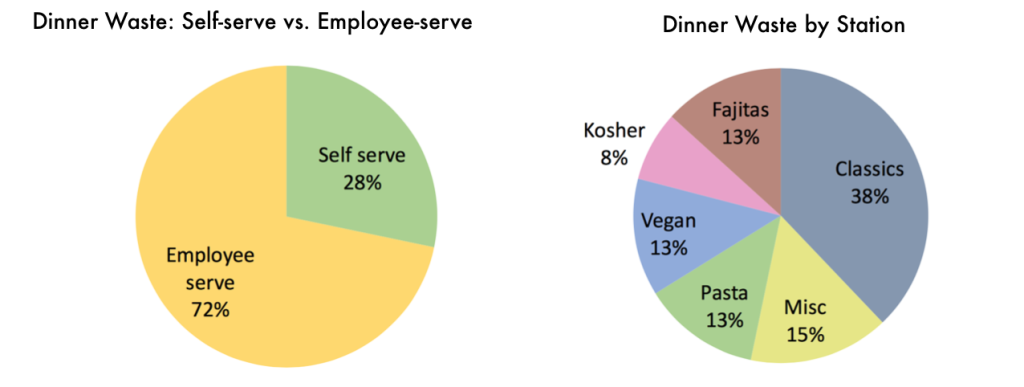That leftover mush on your plate is much more harmful to the environment than you think! It decomposes in a landfill, contributing to almost one forth of methane emission, which is a greenhouse gas 25 times more threatening to the earth’s climate than carbon dioxide.
Wesleyan does compost (make sure you leave your leftover food on your plate!), cutting back on those emissions. Yet composting is only supplementary to the effort of reducing waste. A much more sufficient way to improve country’s efficiency is to consciously cut back on the waste. If Americans decreased their waste by 15 percent, we could save enough food to feed 25 million people.
On December 1st, 2015, the Wes Real Food Challenge group members and the Composting interns weighed the leftover food from each station at Usdan. Our goals were to understand our campus’s contribution to the problem of food waste, find solutions to this problem, and ultimately to make a positive change in our dining hall.
Waste at Lunch
At lunch, the greatest contributors to food waste were self-serve stations. From what we observed, most of the Self-Serve waste came from the vegan station and the burger station. We were shocked to see multiple whole chicken tenders sliding into the bucket. Most of employee-served food came from the Mongolian Grill: entire plates of rice were tossed.

Graphic by Alex Fireman
Waste at Dinner
The Raw Numbers (in lbs.)

Table by Alex Fireman
At dinner, however, the most weight was attributed to Classics. Although the huge difference between the weight of Classics and other sections could be accounted for by the chicken bones served that night, it does not discount the amount of food wasted.

Graphic by Alex Fireman
Altogether, there were 294.25 pounds of food wasted in just two meals. Food waste is clearly an issue on this campus, and unfortunately its impact is far-reaching.
Total Waste: Lunch and Dinner Combined

Table by Alex Fireman
I know, I know. It’s difficult to be aware of the amount of food you’re taking during the noon-time lunch rush, when your main prerogative is to avoid getting trampled and/or spilling your white bean and kale soup. Here are some tips to help you waste less:
Serve to Conserve
When you serve yourself, do your best not to overestimate the miscellaneous food that you need.
Request Less
When you are at the employee-serve stations, it is totally okay to ask for less.
Half the Pasta
At the pasta line, you can ask for a half serving, and at classics, you can specify the amount that you want. You could even consider an open-faced sandwich. A lot of food issues seem insurmountable, but the issue of waste is one we can tackle by just being a little more conscious.
Thank you to all of the RFC members (especially Cassia, Rachel, and Alex who spent six plus hours surrounded by leftover food fumes) and the Composting Interns for gathering and interpreting this information.


